Nestled in a grove of 60 olive trees on his three-acre Matakana property, William Worsp’s showroom (an old cowshed he renovated) and workshop form the backdrop for his eponymous furniture design business, WRW & Co.
“The showroom design is based on an Italian Masseria (fortified farmhouse) which I fell in love with travelling around Puglia, Italy with my wife,” Worsp says.
The founder and designer actually spent much of his early career in Europe, so it’s fitting that his workshop mirrors the architecture of a place so influential on his creative practice.
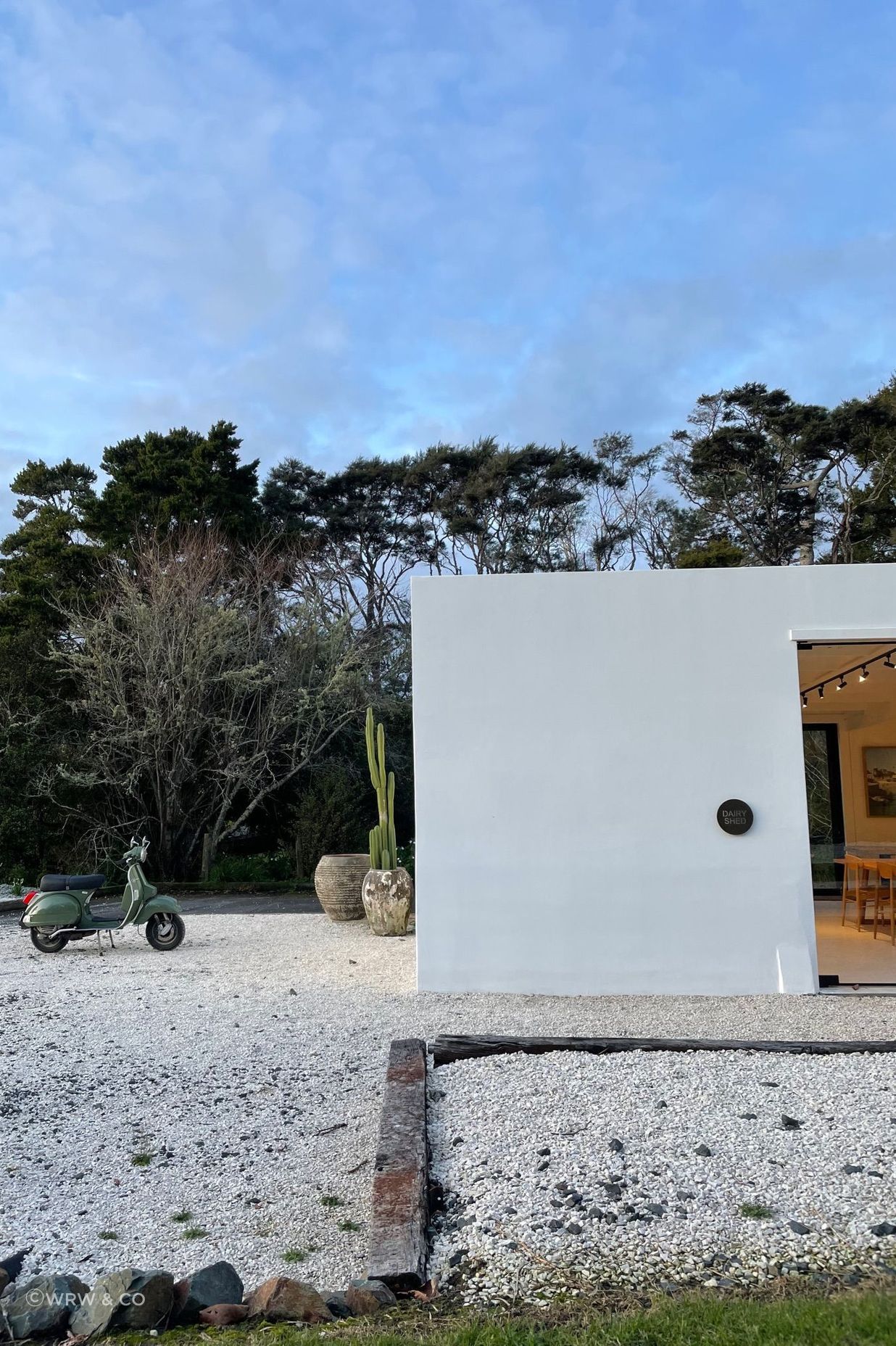

The big O.E.
William Rupert Worsp graduated from art school in Otago, followed by a stint in the film industry, before jetting off to Europe to work on super yachts.
“I think my six years in Europe played a huge part in my creative path. The super yachts were an insight into the world of luxury and opened my eyes to so many different facets of fashion, design, culture, and people. It was a whole other world that I really enjoyed! I loved Europe, I loved the style, I loved the way they did everything there. It wasn't necessarily the boats themselves, or the owners (a lot of them had horrible taste), it was the everyday Italians, French, Spanish, and the Scandies. The way they dressed, the way they interacted with each other…it all sat well with me,” Worsp explains.
After he left yachting, Worsp continued his European adventures working with brands like GAP and Selfridges, roaming the cities and seaside towns with a camera stopping only to rest his feet and sip an aperitif.
Once he was back in New Zealand, Worsp started WRW & Co, fighting his imposter syndrome to eventually land restaurant and bar fit-out projects and write-ups in some of the country’s biggest architecture magazines.

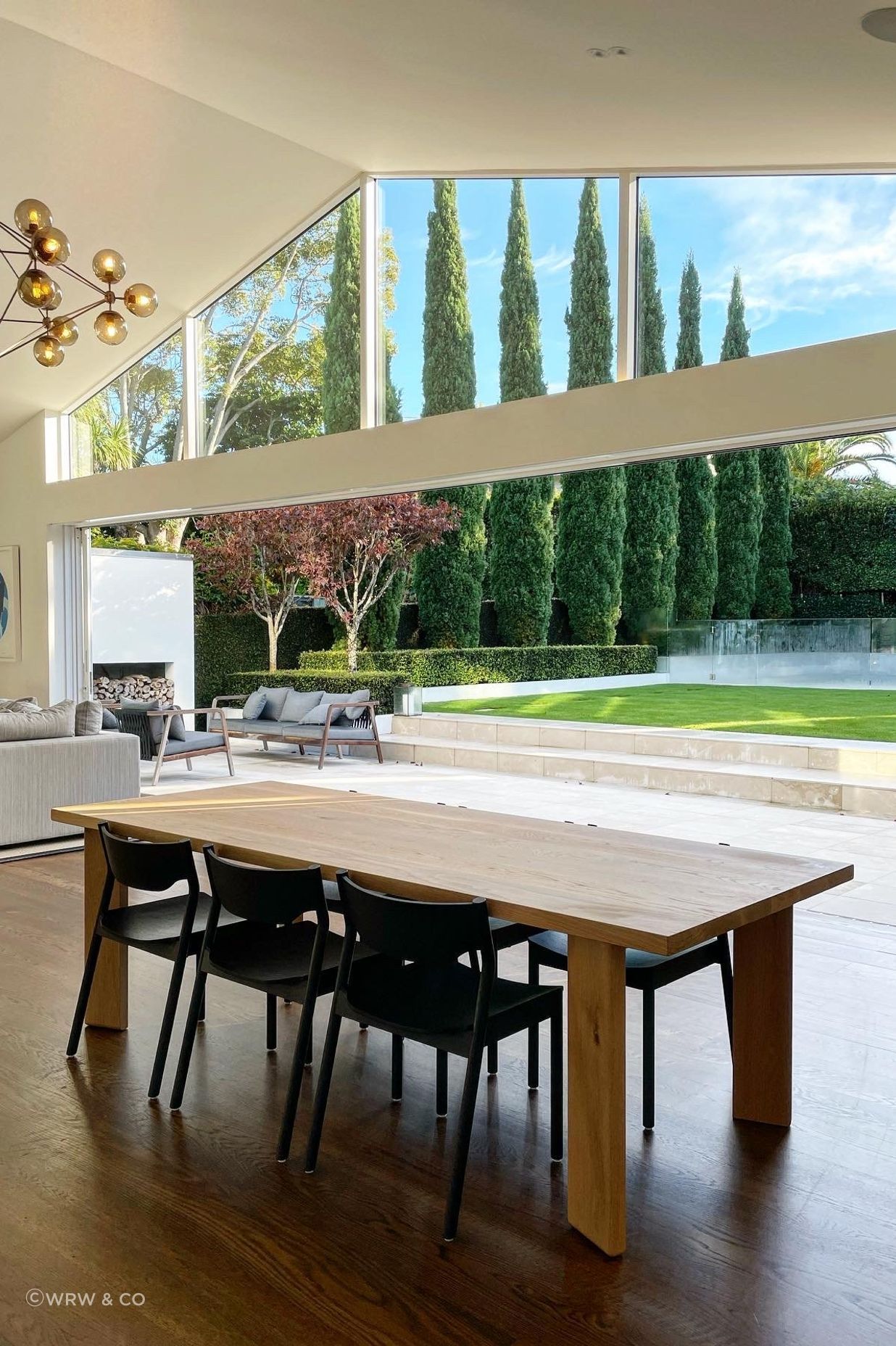
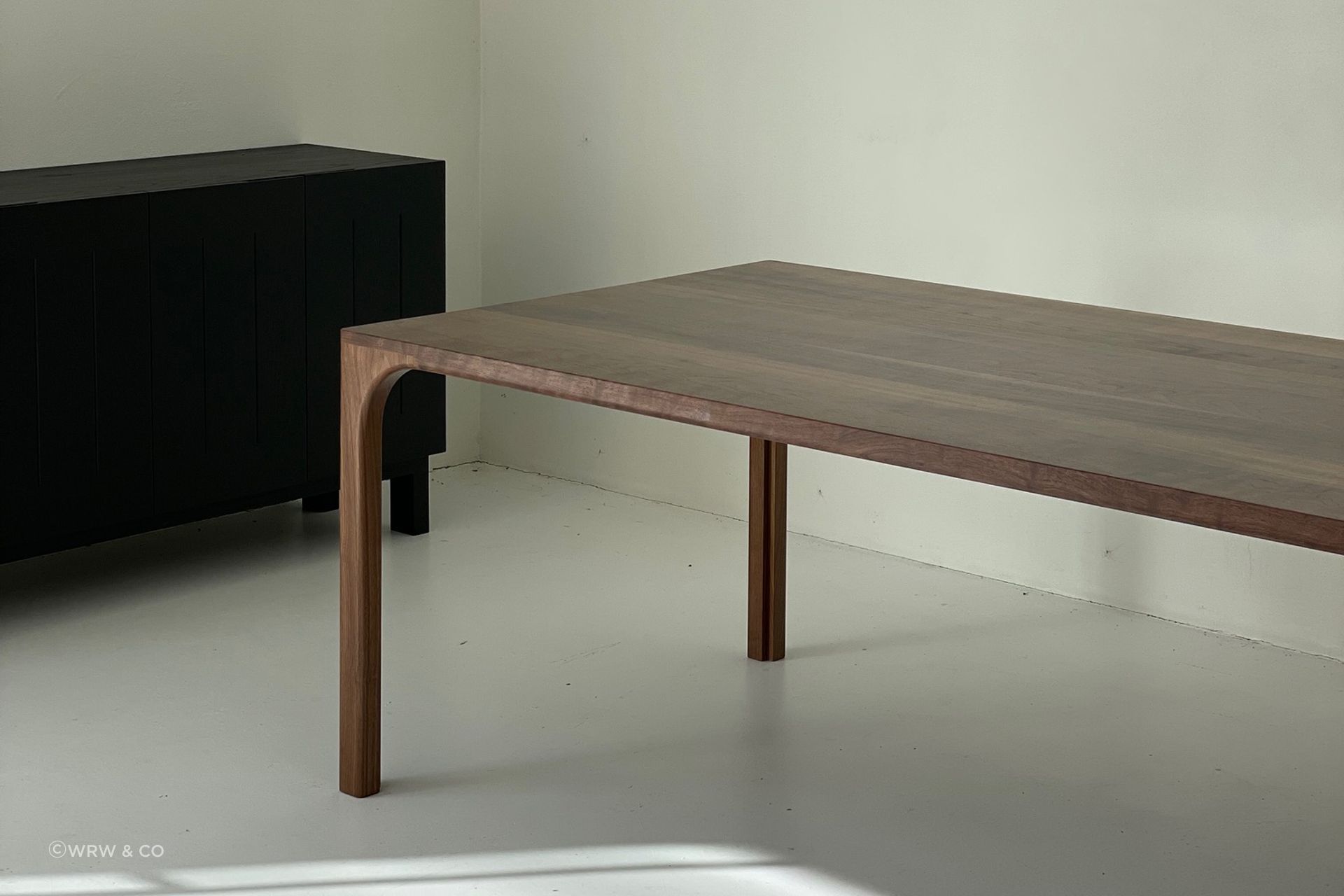
Routine, inspiration, and work-life balance
Now, Worsp’s creative world is built around family life.
“My wife works in the city so we take turns with kids commitments during the week. We have a four and six year old so it can be fairly hectic trying to do your best with them but still run your own business!”
Starting the day around 6:30 am, Worsp’s morning is busy with school drop-off and coffee at one of his favourite local spots. From 9 am he’s on the tools or in the showroom, before catching up with WRW’s master cabinet maker, Dave Guest, to discuss any current projects. Afternoons are dedicated to kids' activities followed by a family dinner. Once the kids are in bed, he’ll head down to the workshop to finish up any projects for the day.
“My creative process is a funny one and probably rather different from other conventional designers. I keep a lot of details in my head, and sometimes while making something else I'll think, ‘Oh that could work with that piece,’ and then I'll have a chat with Dave and see if it can all work, construction-wise. Then we just make, and 90% of the time it works perfectly. Designing is hard sometimes; the best designs are the simplest ones — not overcomplicated, just fit for purpose with good proportions. Surprisingly, it's hard to create good proportions. Most of the time the concept forms in my head, and Dave is the technical man, so the process works well between us.”
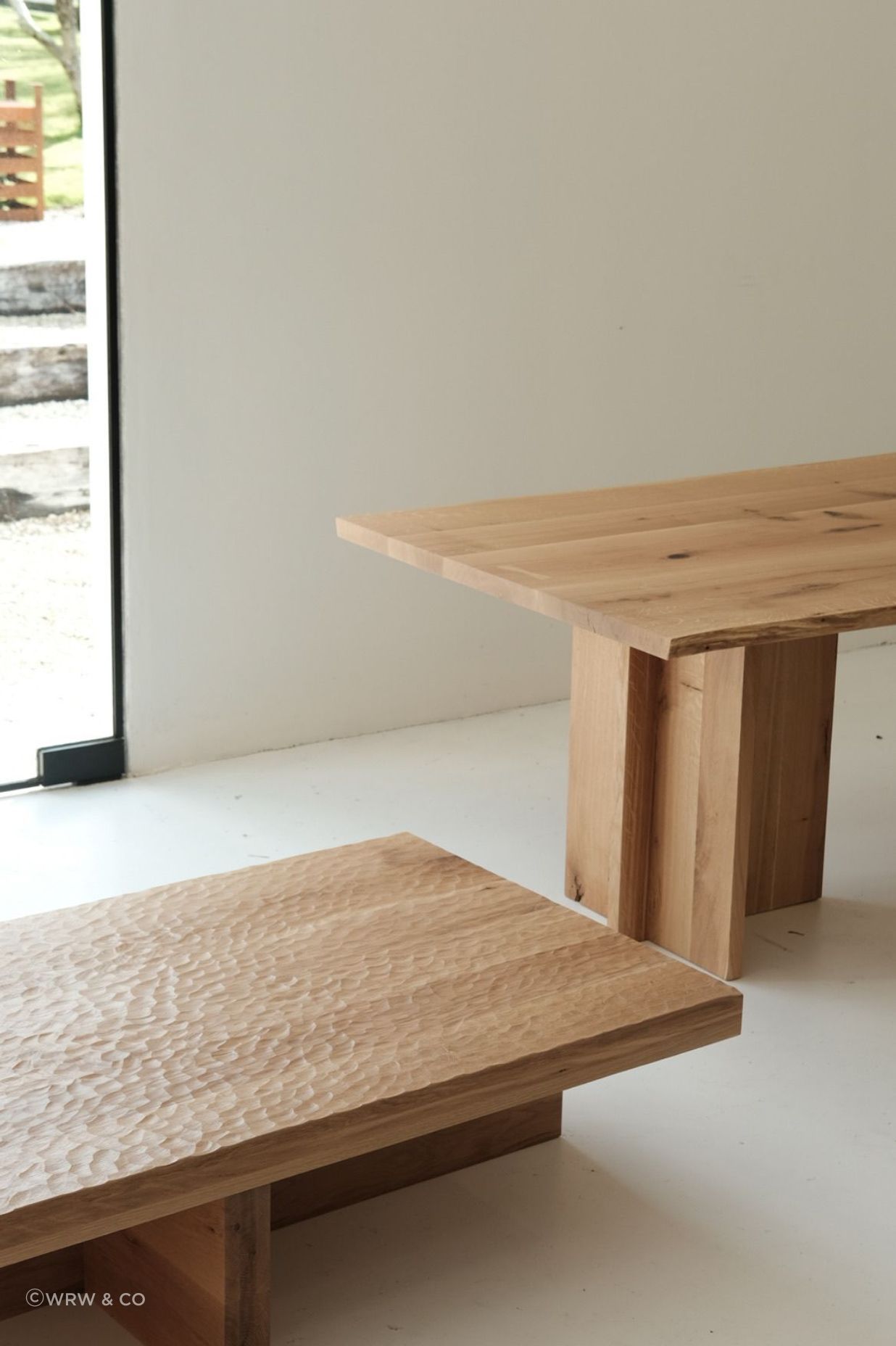
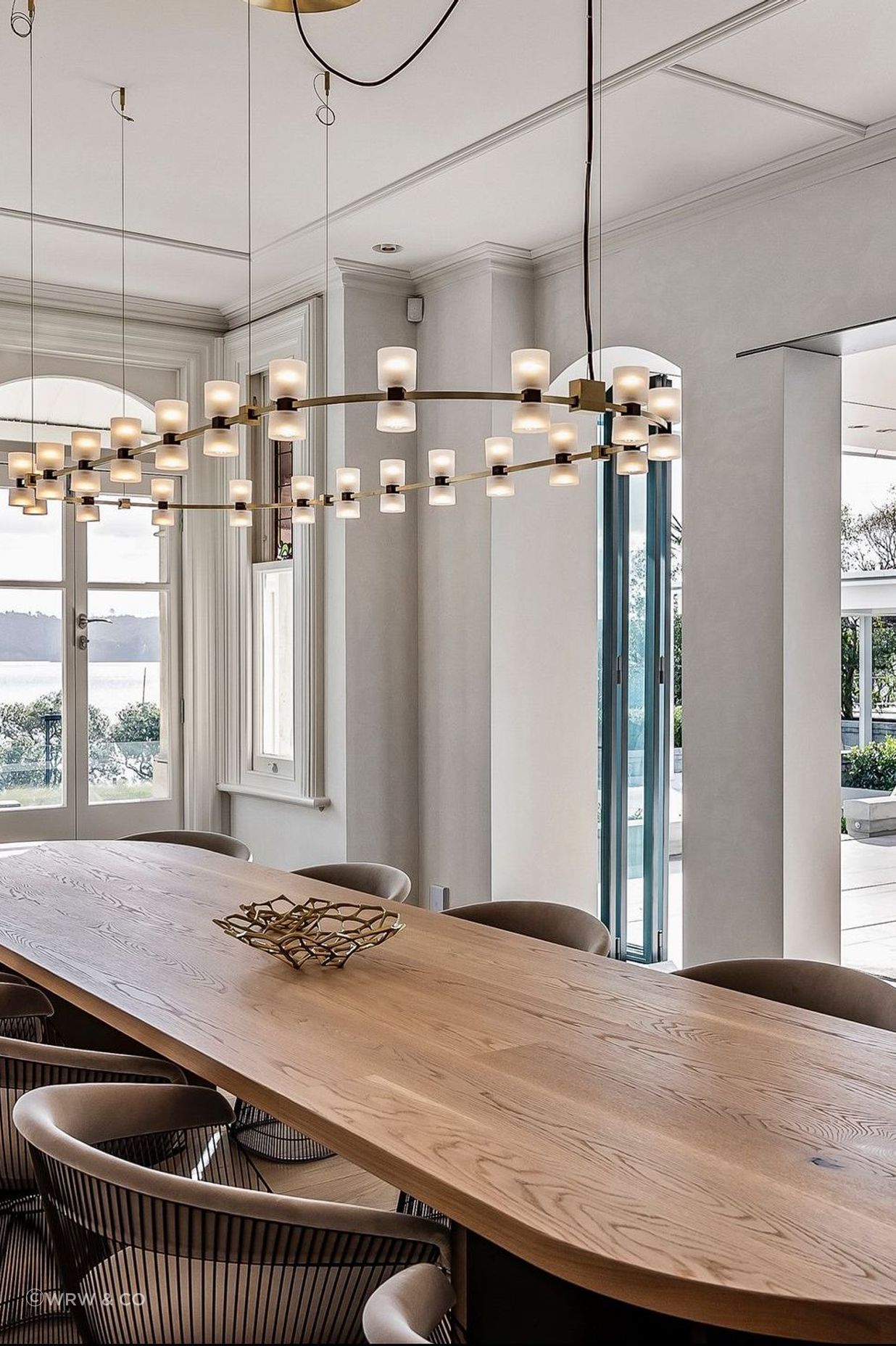
Inspired by architecture, Worsp spends hours flicking through the pages of architecture and design magazines, looking at old and new furniture, how it was made, and how it is used in a space.
“I spend far too much on beautiful design magazines and just look at how people have used the furniture in the space,” Worsp admits. “We have lived in a few different houses and the best pieces of furniture I have designed would be the ones I have made fit for purpose, designed for the space or for our lifestyle. I like to keep things pared back and simple, going with the flow of the timber — à la Scandinavian design. I have always been a fan of the Bauhaus movement; my furniture may not represent this but it's an era I enjoy reading about.”
In the 12 years Worsp has been running WRW & Co, his design approach has certainly changed.
“My approach is: keep it simple, keep it well made, don't think about cutting corners! Items can be lovely to look at, but I feel they all need a function — unless that function is to sit there and just bring you joy every time you walk past it. For me, this change was most noticeable after having kids, yet still wanting beautiful pieces in my house. I achieve this by designing everything for a purpose or a function in our everyday lives.”
With any creative practice, there are lows — “It can be slightly frustrating trying to explain that solid timber may move or split when used in the application the client has their heart set on!” — and highs — “Working with Dave on the Polo table was great, we came up with a fantastic piece that is truly unique and very popular.” But, at the end of the day, Worsp says it’s extremely rewarding to see his pieces come to life.
“I love the process of making something by hand, and seeing the smiles on clients' faces when they receive their finished piece.”
Learn more about WRW & Co.
